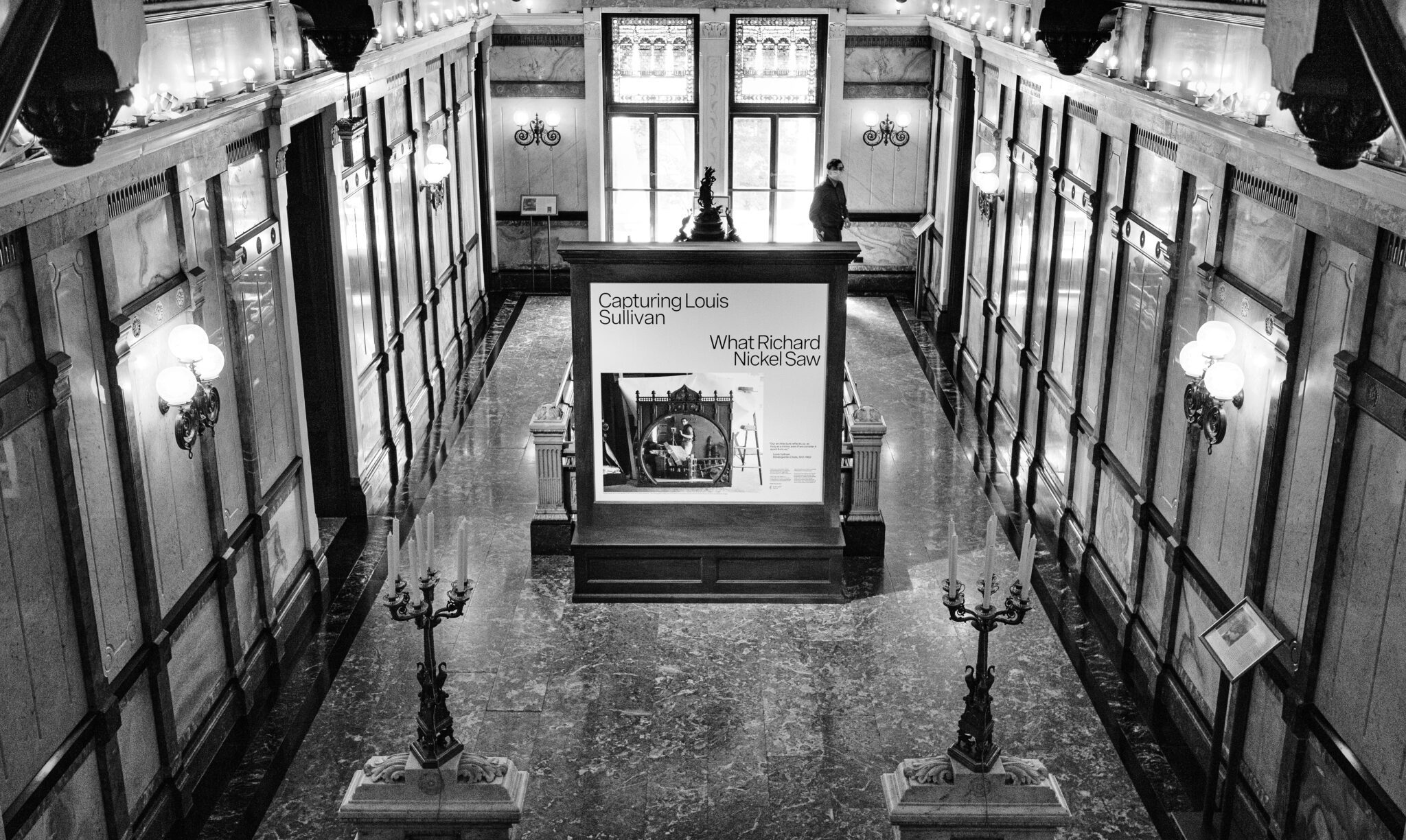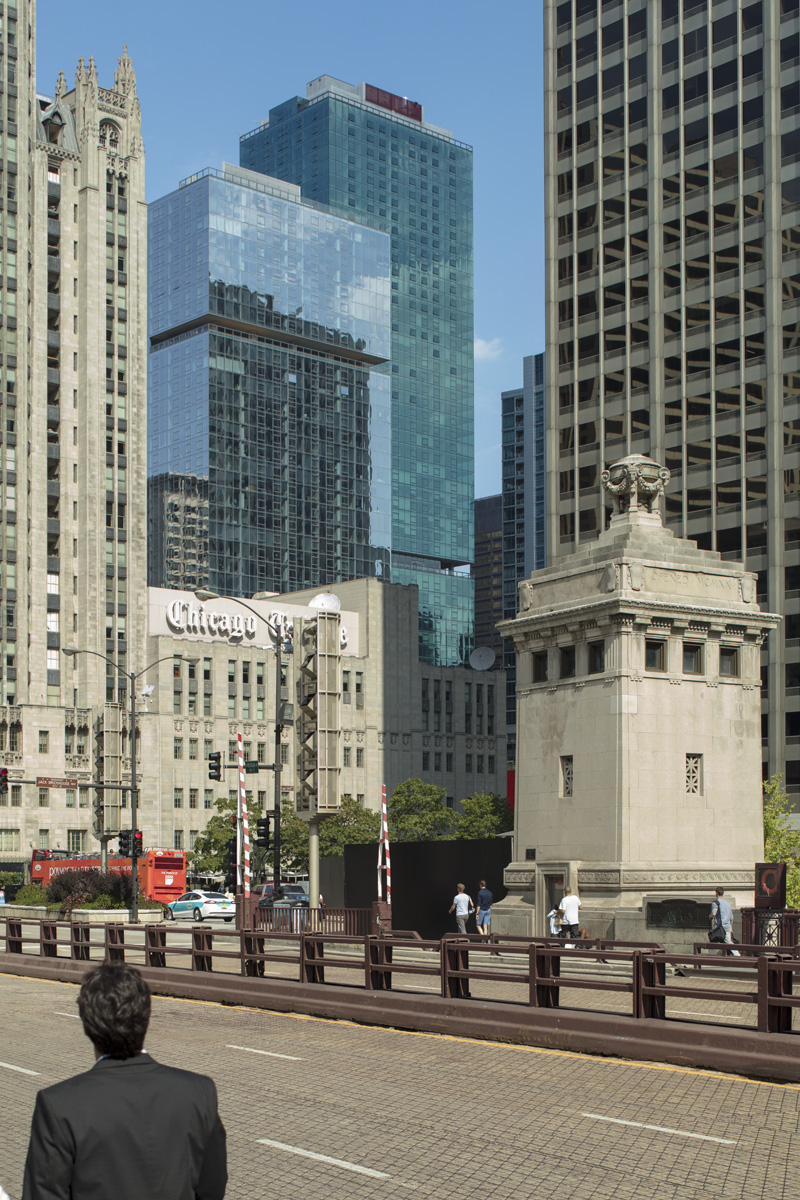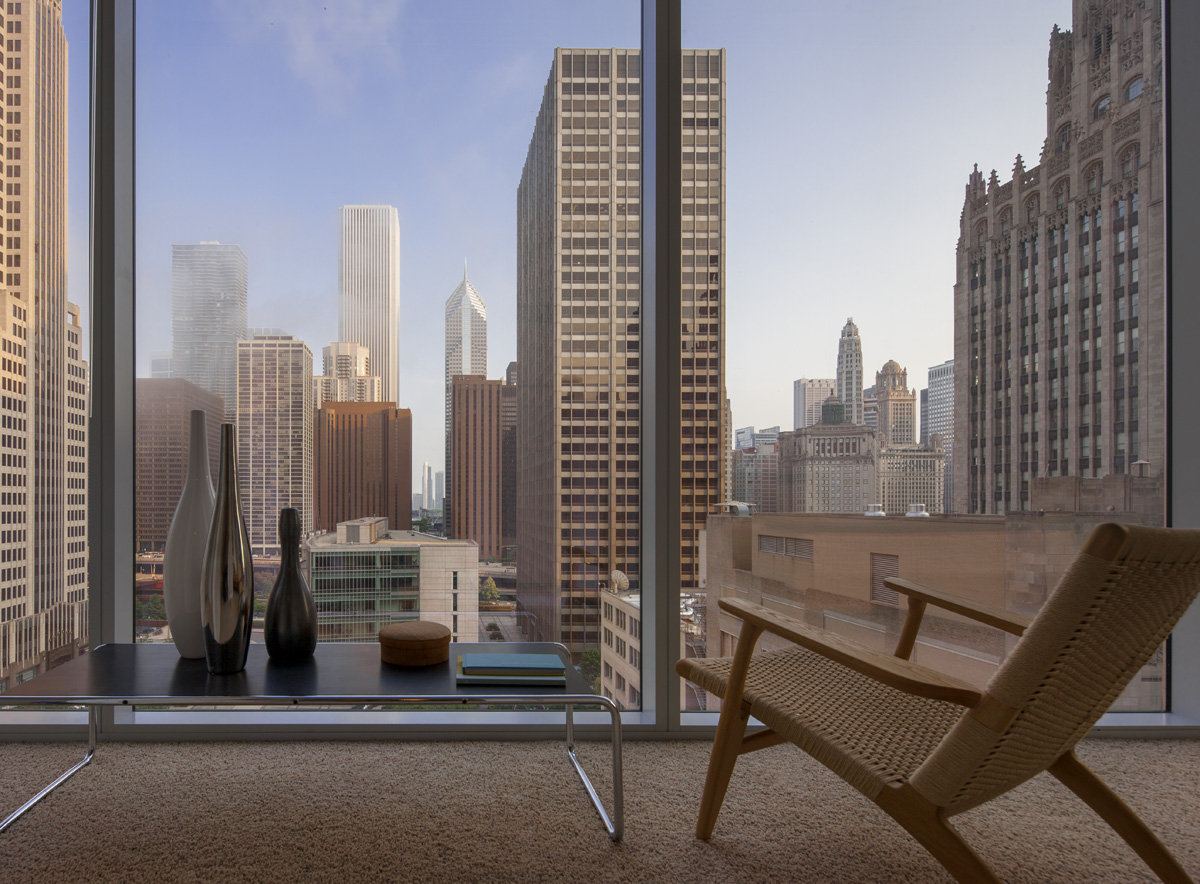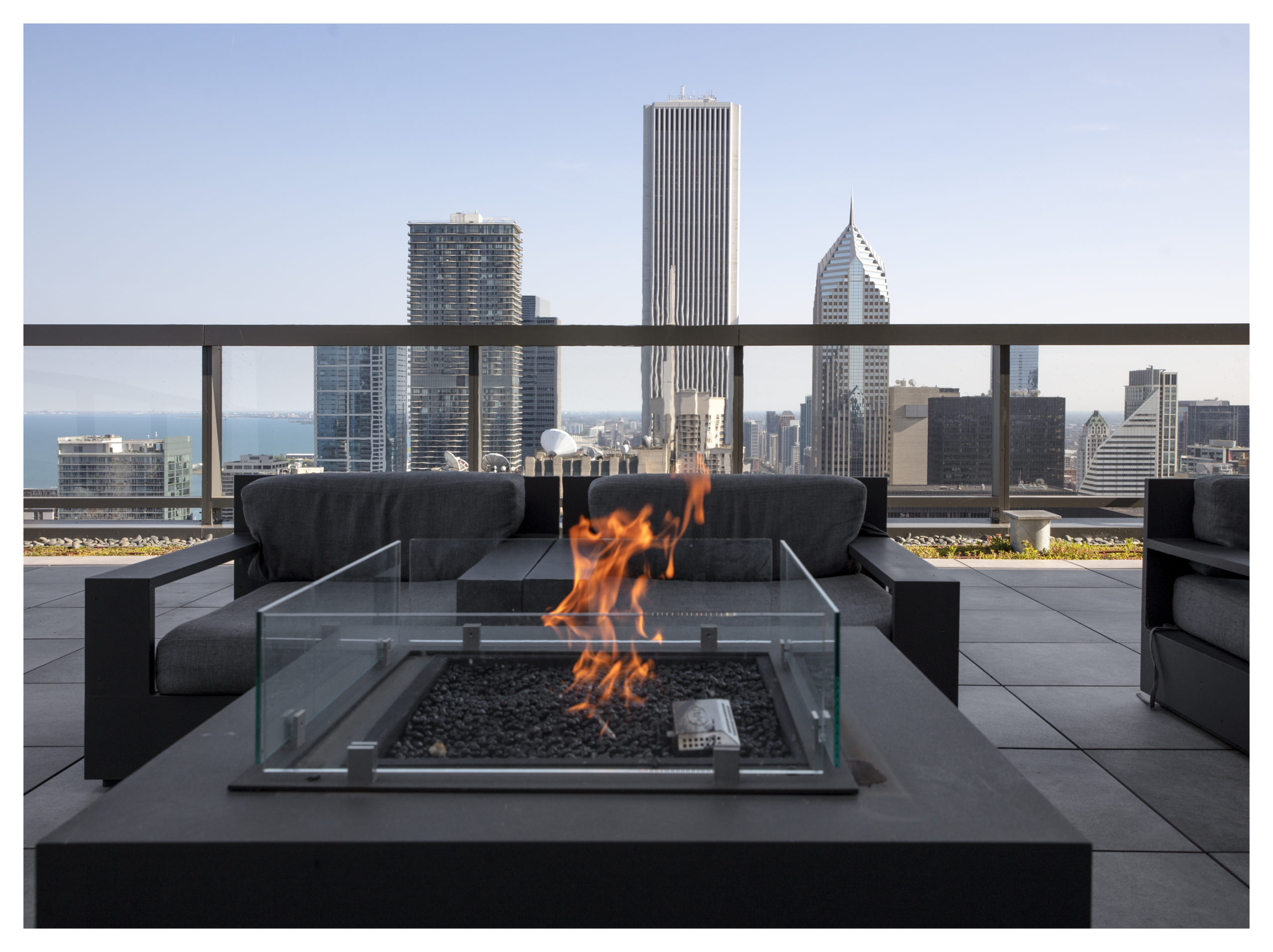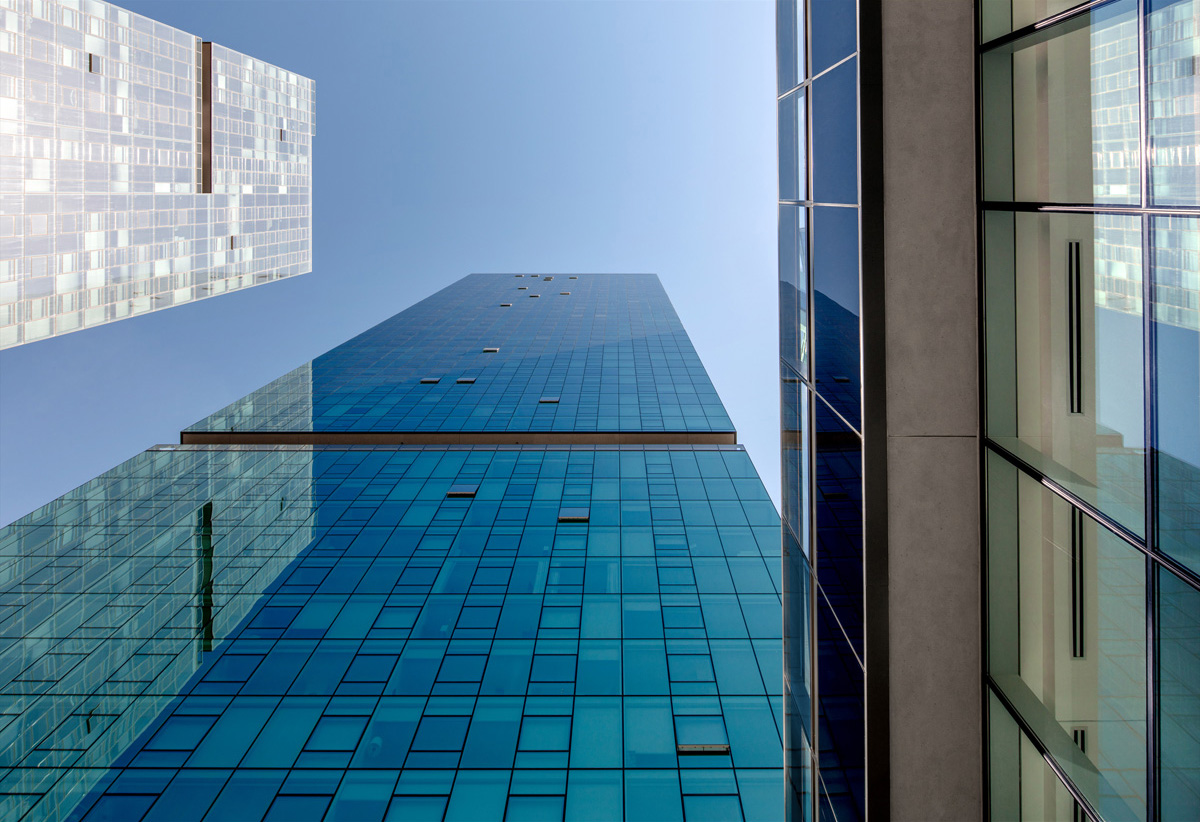With bustling art communities in both cities, Chicago and Scottsdale are regularly home to some of the most widely recognized exhibitions throughout the country. From a lush garden installation in Chicago to an interactive building exhibit in Scottsdale, both have plenty of thrilling shows to enjoy this autumn. For Optima residents looking to experience some of the most inspiring shows of the year, here are the ones you can’t miss:
Chicago
Roughly 25 miles Southwest of Chicago, the Morton Arboretum is home to one of the area’s most stunning exhibitions of the year, Human+Nature. The outdoor art exhibition features eight unique sculptures that range from 15 to 26 feet tall. The artist, Daniel Popper, used hard-wearing materials like glass-fiber reinforced concrete to construct the sculptures to endure Chicago’s winter weather. While Popper used the arboretum and its mission as the inspiration for many of the sculptures, he encourages visitors to connect to the stunning surroundings and discover a meaning of their own. Human+Nature runs through May 2023, and you can reserve tickets here.
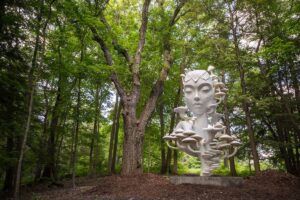
Through February 2023, Chicago’s Driehaus Museum off of the Magnificent Mile is home to Capturing Louis Sullivan: What Richard Nickel Saw. The exhibition captures the demolition of many of Sullivan’s buildings in Chicago in the 1960s and 70s through the lens of activist Richard Nickel. Ultimately, the exhibit celebrates Sullivan’s architectural legacy and the unwearying efforts many activists took to save it. Reserve tickets here.
The Chicago Botanic Garden is observing its 50th anniversary throughout 2022! Flourish: The Garden at 50 is an ongoing installation celebrating the connections between art and nature. Through September 25, 2022, the garden features artwork from both local and foreign artists. The event features pop-ups and performances, including a mariachi band on September 24 and 25 and various exhibitions looking towards its future. Find tickets to the celebration here.
Scottsdale
Found in the heart of Mesa, the i.d.e.a. Museum’s latest exhibition, Imagine, Design, Build!, invites its guests into an environment rich in color and experience. The interactive exhibit features 40 works by 15 artists around the world, ranging from paintings to LED installations. With a focus on the science and art of design, visitors beyond the gallery have various interactive opportunities, like designing a building of their own! Find tickets here.
The Scottsdale Museum of Contemporary Art is also home to various thrilling exhibitions this fall. Ending on October 9, 2022, Brad Halhamer: Swap Meet showcases the work of Native American artist Brad Kahlhamer. From its sculptures to musical performances, the diverse exhibition explores the uncertainty of identity and the nomadic art practice.
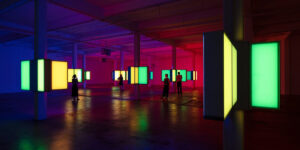
Opening October 29, 2022, Phillip K. Smith III: Three Parallels is another exhibit coming to SMoCA as part of their Architecture + Art series. The site-specific installation presents itself as an interactive exhibit for visitors. Using vibrant colors, light shifts and large-scale mirrors, each step in the exhibition provides a new perception of the exhibit’s space. Tickets for both exhibitions at SMoCA can be found here.
And the list doesn’t end here! So with autumn in full gear, grab friends and family to enjoy these two special cities in artfully exciting ways.
